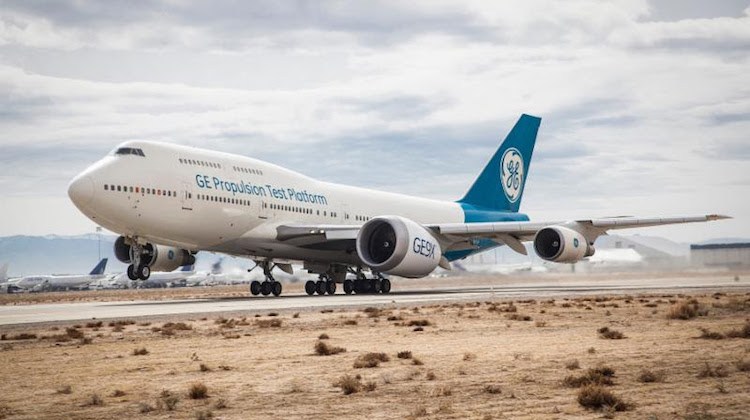aviation
843 readers
1 users here now
for aviators and all things aviation.
founded 5 years ago
MODERATORS
26
27
28
29
30
31
32
33
34
35
36
37
38
39
40
41
42
43
44
45
46
47
48
49
50













